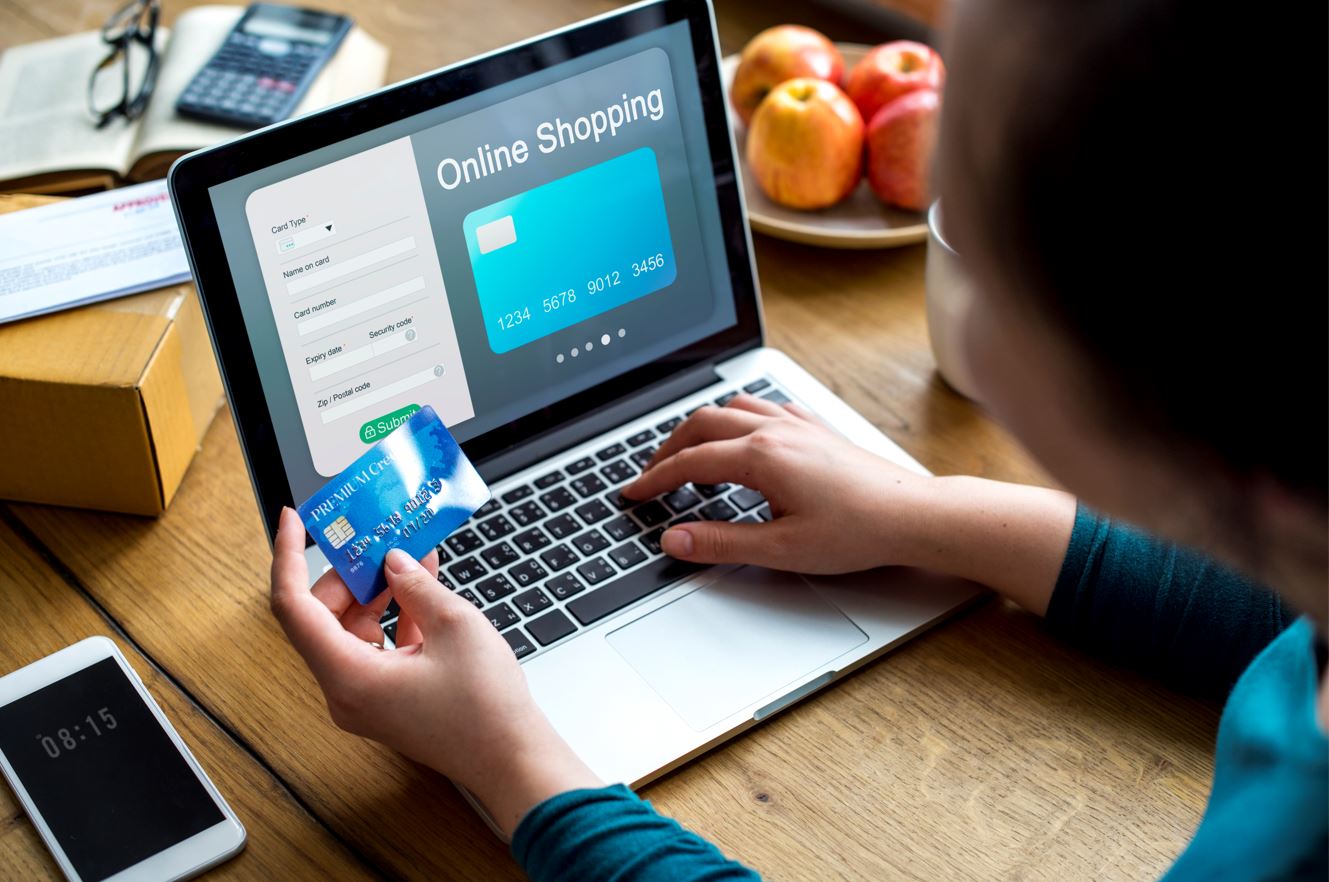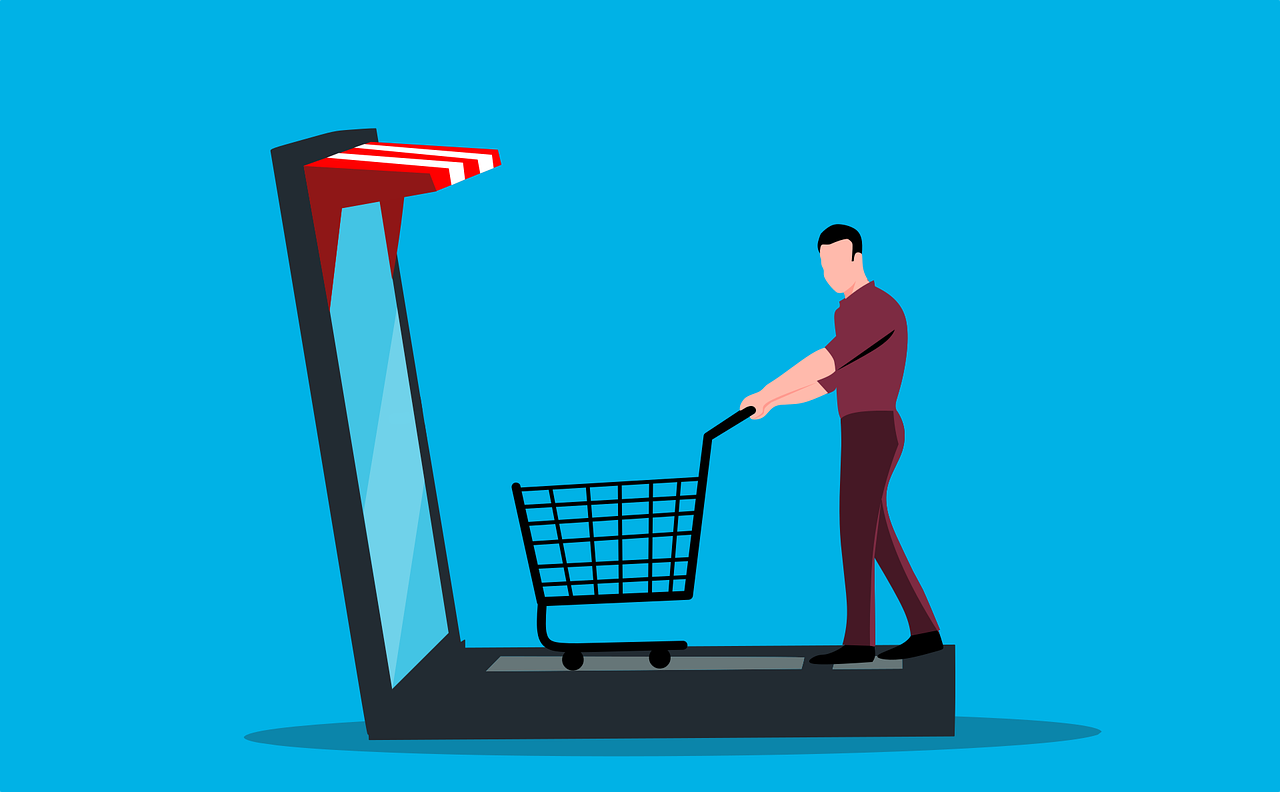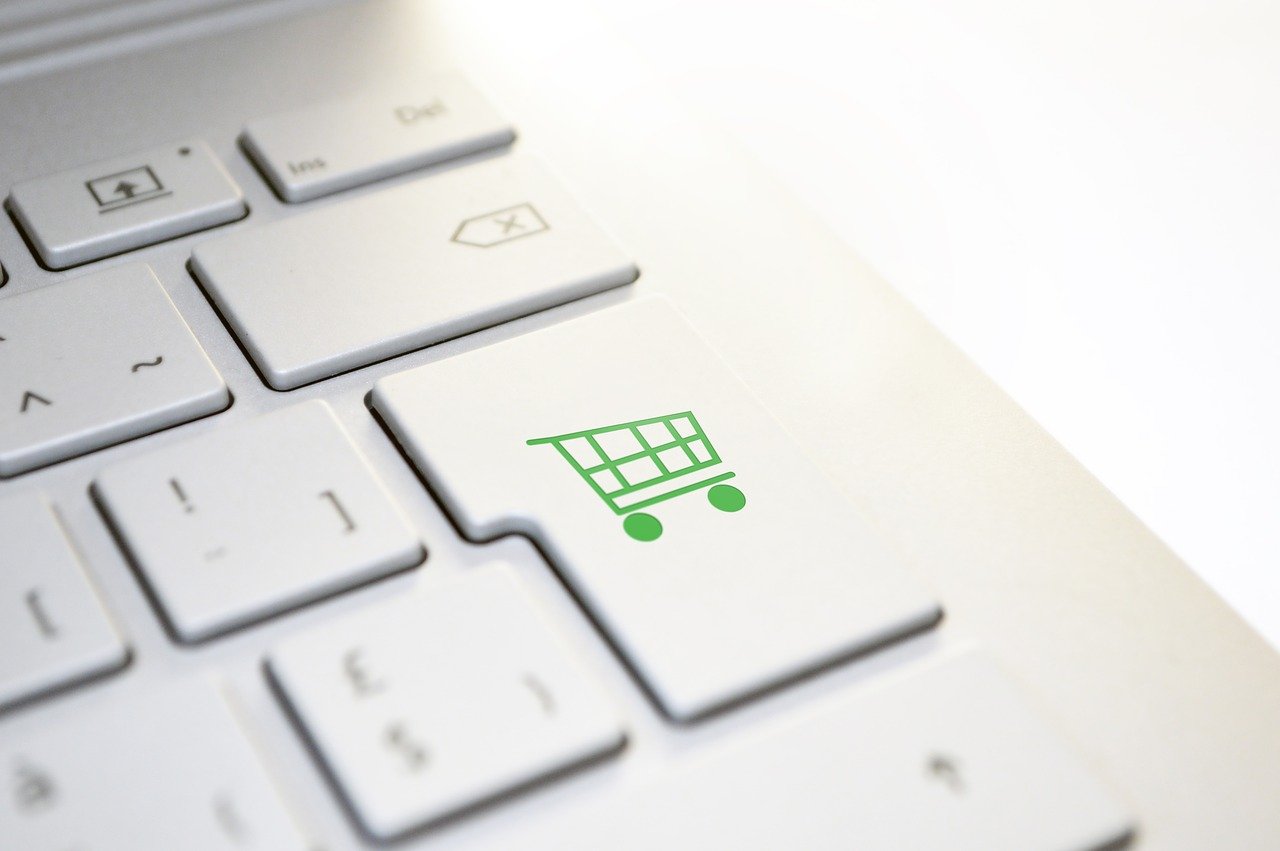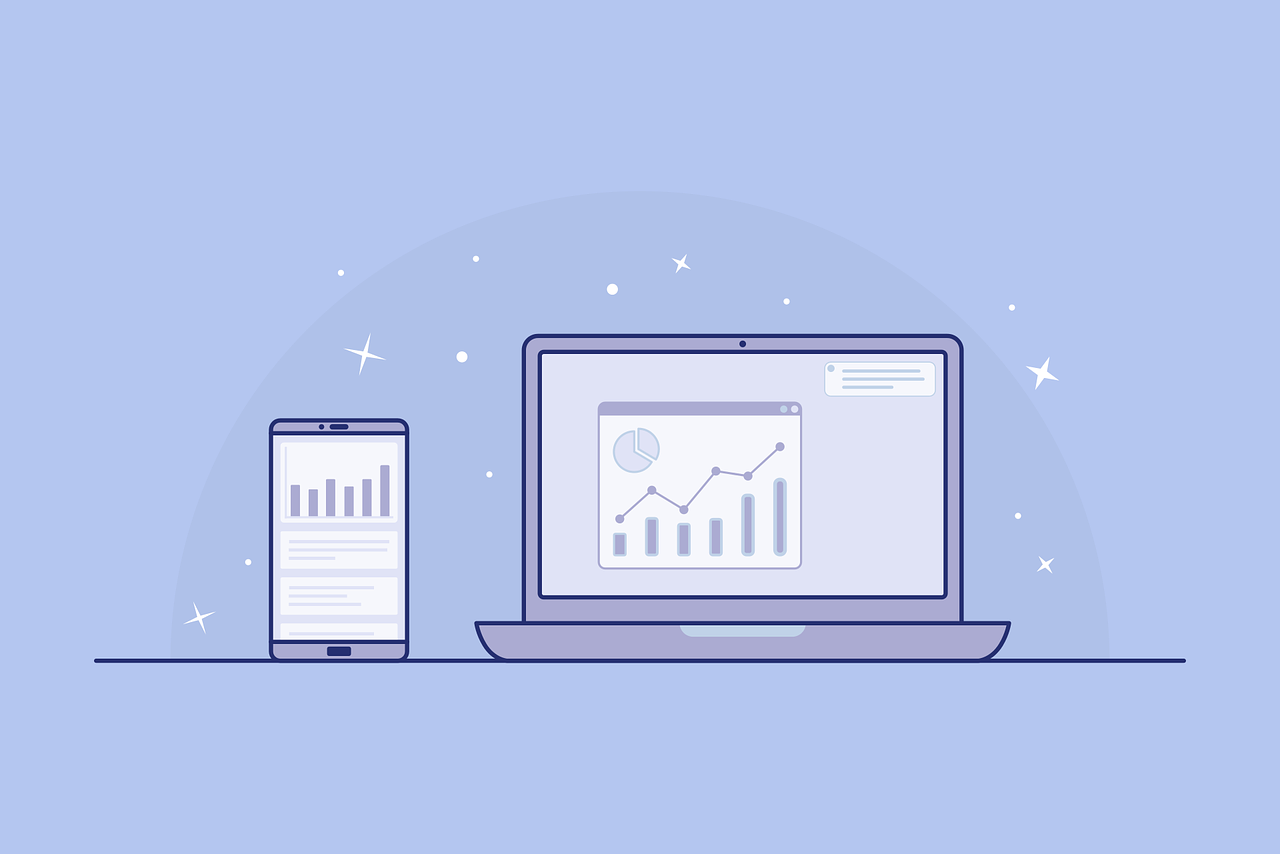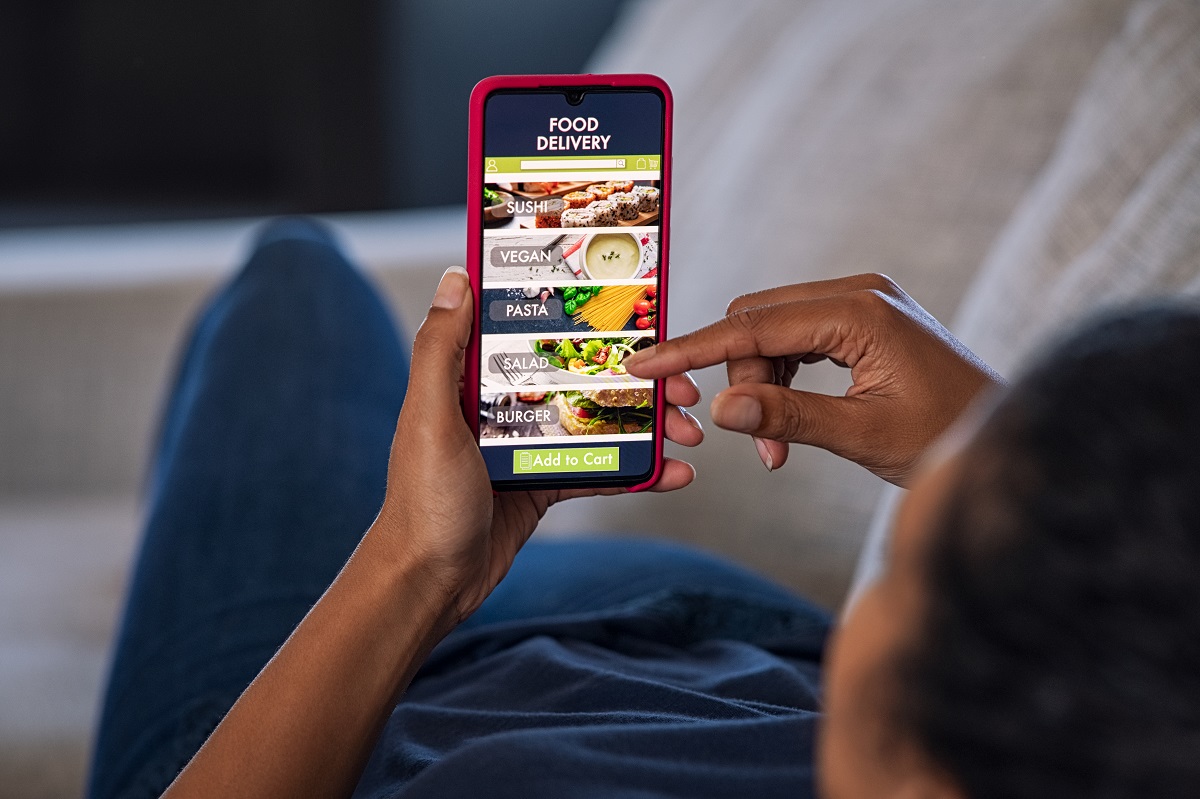Restaurant ambiance and food standards have always been the key drivers of successful restaurants. While these are still the core tenants of a strong restaurant business, such as technology that allows us access to a direct online ordering system, other critical requirements have emerged in recent years, without which most restaurants fail to attract and retain customers. Following are some Benefits of Using a Web-Based Restaurant App.
What is a Customer Web App?
Top of this list is the need for having a customer-facing web app for your restaurant. Recent surveys show that up to 40% of dining experiences involved an app, with the number expected to increase drastically post covid. If you’re planning on opening a restaurant business, go online and reap the benefits of using a web-based restaurant app.
While you could argue that post covid people might return to old ways and prefer in-person experiences, having a restaurant app offers several benefits for both your business and your customers.
With customers getting the flexibility of having everything they need in one place, your restaurant can generate valuable insights from the data and boost sales and customer satisfaction.
Once you’ve decided to have an app for your restaurant, the next step is to determine the kind of app that’s most suited for your needs.
Progressive web apps have become increasingly popular recently. Unlike a mobile app that first needs to download progressive web apps are accessible from any device without signup and download. Popular brands like Starbucks have adopted this model by offering web-based apps to customers and seeing a sharp increase in online sales.
Web-Based Apps
In contrast to mobile or desktop apps, which need to download, a web-based app works through a browser accessible over the internet using a link or address. Apps that communicate with users through such links are web-based apps.
Another form of web apps is client-based web apps, which download to user devices but still do most of the processing through external servers over the internet.
Web-based apps can be used for various purposes and serve a diverse range of customer needs. These include quick online calculators or calendars to more intensive programs such as word, data, or photo processors.
Such flexibility can be helpful for restaurants, which need quick and flexible apps to allow customers to place orders in a few clicks and be able to see all of their data and information being collected by the restaurant.
In addition to giving customers direct interaction with the restaurants, such apps also allow employees to track orders, allocate and delegate actions, and generate performance reports. All of this can be done from any location or device, with an internet connection being the only requirement.
How do Web Apps Work?
Web apps are enabled by browsers such as google chrome, safari, or Firefox. The only critical requirement is an internet connection and a browser, with users able to access all types of web-based apps.
The back-end service of a web-based application runs on an application server and needs a database to function. Client requests and inputs feed into the webserver, with tasks executing in the back end by an application server. Databases then take all relevant information from each input and transaction and store it in a structured format as needed.
Web-based apps can be coded in various languages, combining server-side scripts and client-side scripts.
Server-side scripting involves languages such as python or java, with client-side scripts utilizing languages such as HTML 5, Cascading style sheets (CSS), and JavaScript. Codes written in these languages, all browser-compatible, then execute through customer browsers.
Most importantly, app development process for web-based apps can usually be rapid and only needs small teams of 2-4 people to execute.
The design and features of each app can vary by restaurant requirements, with dynamic apps requiring server-side scripting and processing and static apps based on simple client-side scripts.
In short, web-based apps work through multiple steps. Firstly, the app’s address sends an internet request and access the app.
Once open, customers can use the interface to input information or send additional requests, executed through the web application server. As a result of the request, the web application server then outputs to the web server, which then feeds to the client device and browser.
Other Types of Apps
Native apps or apps downloaded to the client device compete directly with web-based apps and historically have been the more popular app.
Native apps are designed to be download and install directly to a platform or device, but in essence, both native and web-based apps serve the same purpose. However, native apps tend to be heavier, need more space, and rely on access to the device’s capabilities such as GPS, messaging camera, and other data. As a result, customers have increasingly started avoiding downloading new apps and prefer to access apps through browsers or the web.
Given that web apps don’t require installations, access is a lot quicker, and customers have the flexibility to avoid granting any undue privacy or data permissions. Increased responsiveness of web-based apps also makes them feel more like a website than an app and improves user experience significantly.
Benefits of using web-based apps for your restaurant
Using web-based apps offers significant technical benefits over mobile apps, but more importantly, there are various improvements to customer experience engagement and staff productivity. In the following section, we explore some of these benefits in more detail.
Better Customer Experience
Improved customer experience is probably the most significant benefit of using a progressive web-based app compared to a native mobile/desktop app.
Research suggests that users increasingly avoid downloading apps on their phone, given the tedious experience of going to the app store, downloading apps that can take significant space, and then waiting for installations that can take several minutes to complete.
Privacy concerns also weigh down user experience, with apps requesting multiple data and information permissions, which the customers want to read through to ensure privacy. Once done, the apps can then be clunky, take up a lot of phone storage space, and, many times, be unstable.
In contrast, using a web-based app, your restaurant can eliminate this entire process thoroughly, improving customer experience as a result.
Customers can log on using a short address or even a QR code, and the links stay on the home screen, similar to a native web-based app. Web apps also reduce storage requirements and can be significantly faster. This can be a huge plus for customers who want to place orders quickly and conveniently.
Fulfills Customer Requirements
Meeting all of your customer needs through one web-based app can be a huge benefit for restaurants. Traditionally, restaurants have separate apps for ordering food and managing gift cards or loyalty programs, etc.
Web-based apps allow your customers to access all of the customer offerings from one place, including reservations, online menu, and orders, as well as loyalty programs. Customers can also save the app pages separately on their phone, so they can access specific areas of your apps as and when needed.
Such features have increased user signups and interactions for many large brands who have adopted web-based apps, including Starbucks, which reported 800k users interacting with their web-based app from phone home screens.
Direct Communication
Direct communication with your customers through web-based apps can be one of the most significant benefits as compared to a native mobile app.
These benefits are possible through the use of live chat features and in-app messaging that push directly to end customers through progressive web apps. Such messages can be sent to customers at any time, without them being logged in or have privacy enabled.
As a result, in-app chat and messaging features can be a direct line of contact with your customers, which can be highly valuable for restaurants looking to build a strong reputation. Utilizing a chat SDK can simplify your workflow and enhance customer interaction through live chat and in-app messaging features.
More importantly, given the shift in consumer behaviors from the pandemic, enabling better communication channels with your customers is even more critical, and in-app messages can go a long way to re-engage your customers while they are at home.
Such messaging features can also serve as a very effective form of marketing, and unlike emails, these messages don’t usually end up in spam filters or marketing tabs. Considering all of this, it doesn’t come as a surprise that recent research suggests up to a 30% increase of in-app launches and nearly a 4x increase of new user retention.
Customer Data Collection
Improve your understanding of customer needs by gaining access to valuable diner data through your own web-based apps. Loyalty programs serve dual purposes, attracting and retaining customers and enabling you to gather useful information about their eating habits and preferences.
Having direct access to such data can help you make informed decisions and design targeted marketing campaigns. However, most restaurants struggle to gather such data, given excessive reliance on external food delivery apps.
Separately, restaurants with access to data can struggle to generate meaningful insights to develop new campaigns.
Using Blink’s suite of solutions, you can only collect such data in a structured manner and generate highly relevant insights through Blink’s data analytics platform. Such insights include:
- Customer buying habits.
- Average spending across various product types.
- Specific feedback about the food and delivery quality.
As a result, your restaurant can tailor to its customer requirements with ease and understand the critical business drivers more comprehensively.
Increase in Staff Productivity
Higher staff productivity is another key driver for restaurants shifting to progressive web apps. With faster and easy-to-use apps, restaurants can spend less time taking customer orders and tracking them to the point of delivery adding to the benefits of using a web-based restaurant app.
Accessing the app from anywhere without downloading it also increases connectivity with your staff and helps you improve scheduling for busy hours. Given the ease of use of progressive web apps, the team also spends less time helping customers through loyalty program signups, delivery tracking, payments, etc.
Loyalty program management also becomes significantly easier with web apps. Customers can collect and redeem their rewards with a quick scan of QR codes without the need for your cashiers to manually input customer information through the point of sale systems.
Boost in Sales
Enabling higher sales and margins are perhaps the most considerable benefits that you can reap from developing a web-based app for your restaurant. All the efficiencies mentioned are possible through such apps, your restaurant can see an immediate boost in sales, along with a significant jump in staff productivity.
As a result, most restaurants tend to see double-digit growth in sales after rolling out web-based apps, along with a substantial improvement in net profits. All of these can are attributes of a more direct connection with the customer, along with a better user experience that keeps bringing back customers to your restaurant.
Conclusion
Web-based apps offer a strong alternative to native apps, increasing responsiveness, improved customer experience, higher employee productivity. With low development costs and quick time to build, Blinks web-based app solutions can make a significant difference in your restaurant sales and profits, as direct benefits of using a web-Based restaurant app.
Through advanced data analytics built into such apps, Blink also allows you to generate quick and meaningful insights from the customer data, letting you connect more closely with the customers and improve the quality of your food and service.

